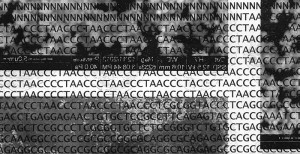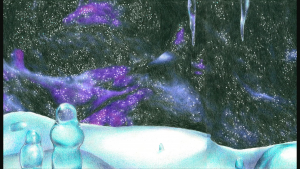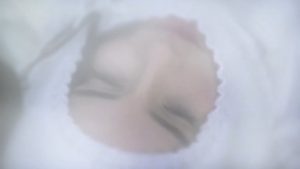There are a few places in my life that won’t leave my memory: the street I grew up on, the neighborhood in the first city I moved to, and Facebook groups. I think often about the last one because it does not occupy a physical location despite representing where I first learned about making art online. Visual references dematerialize into art objects and graphics along the deluge of digital space. I look towards the first two places and wonder whether their memory has any place within the seemingly monolithic Internet. For ssaliva, the alias of François Boulanger—the answer would probably be there.
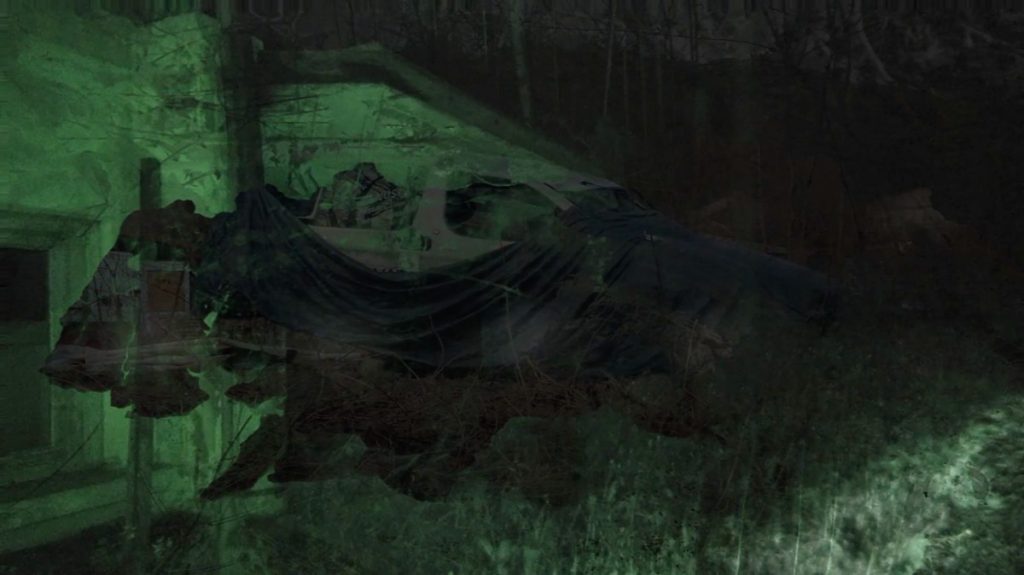
The Belgian producer and artist recently presented their live show Greenery for Czech curatorial platform PAF Olomouc’s hybrid online and real-life festival on December 3. The show consisted of photos of natural sites that are familiar to that Boulanger collected over the years then fed into a GAN, a generative AI that is trained on photos to render new connections between each image to create a seamless visual flow. Although solely nostalgic for Slagwerk label-affiliate, the exhibition expands on their ambient and ethereal discography, represented lately with a self-released album IM THE ONE WITH NO SOUL and track ‘so long to my skull’ on AQNB’s even my dreams don’t go outside last year.
Boulanger’s incorporation of GAN technology into Greenery totalizes the images into a singular form composed of every photo merged together via the machine learning interface. Snapshots of the serene fold endlessly into each other, sparing only transitory nuances before cresting into the next photo. What’s left to look back to? I spoke with him over email to find out.
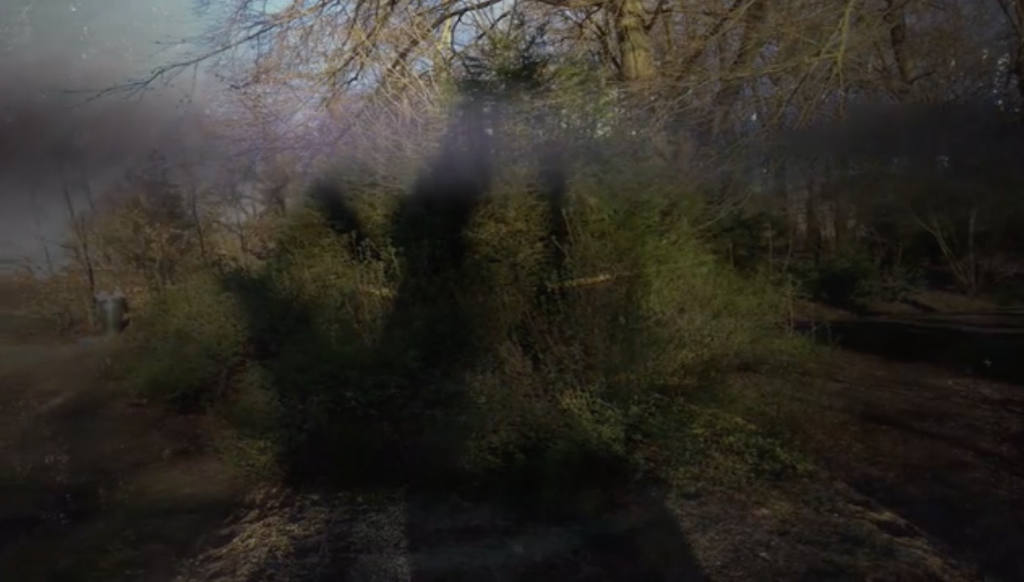
**You recently debuted a new iteration of your show Greenery for PAF Olomouc. Can you talk about the format and how it’s changed over time?
François Boulanger: I started the Greenery project in 2017 with the help of a developer friend; however, I had the idea in mind during the last years.
For the technical part, everything was coded in HTML and the plan was, and still is actually, to release it online as an evolutive platform where I will upload new photos and sounds when I have new material that fits the project. Most likely I will also collaborate with kindred spirits in the near future. The format never really changed, although the material does all the time.
**I’m interested in how the code framework evolves landscapes through generative and predictive algorithms. Is there a reason you chose to mediate these places with data?
FB: As I retained a considerable archive of natural scenery while wandering and documenting imagery, I wanted to use it for a project but didn’t really have a fixed outcome for them. Afterwards, I had the idea of morphing all the images together but it was only after talking with boblemarin—my coding pal—that everything coincided in an intrinsic manner.
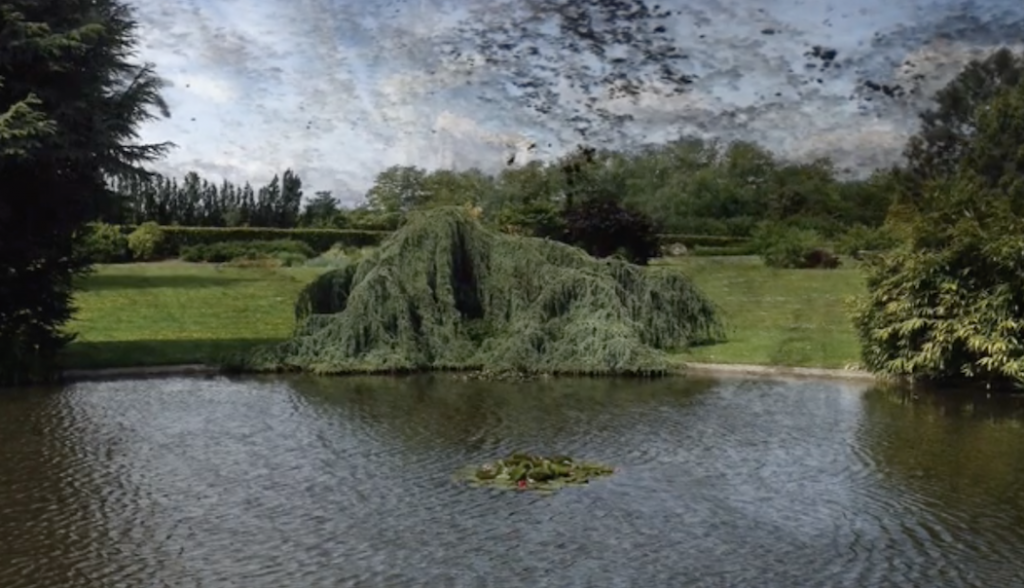
**It seems as though Greenery obscures the idea of memory or context by creating seemingly infinite visual connections between unrelated places. Can you discuss this?
FB: That’s exactly one of the things I was obsessed with—mixing and morphing memories in one infinite generative beautiful dump. Creating a soundtrack for it was very interesting and inspiring for me because all those memories revive lots of different emotions.
**I ask because history—or perhaps nostalgia—comes to mind in your documentation of the piece’s locations. What are we left with when these are siloed?
FB: These particular photos still exist parallel to Greenery. I also like that idea a lot. They continue to have their solitary existence as they are only visual and emotional tools for the project.
**Many of us have turned to nature to relieve socially-mandated isolation. Do you think it has revealed anything, will this change once the pandemic is over?
FB: I don’t think it will change after the plague, or at least I hope it won’t. It’s nice to see people documenting that on social media and making their content a bit more nature-oriented.**
PAF Olomouc happened online and in the Czech city, running December 2 to 6, 2020.


